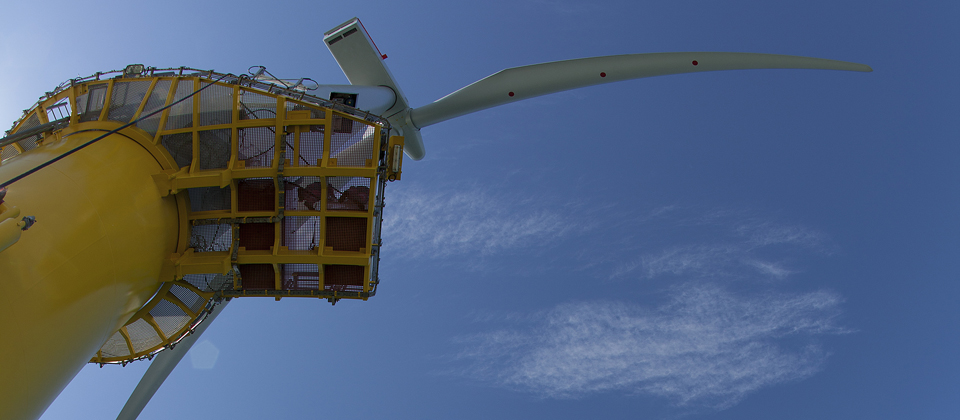
By Hans Peter Johannsen, Senior Project Manager and Head of Engineering
Many thousands of jack-up operations. No leg bends, no punch-throughs. It’s an achievement that goes against the laws of nature. Yet sure-footed legwork over more than a decade is a key A2SEA competency – and proof that the impossible really can be done.
At a basic level, the research and analysis of seabed conditions for offshore wind installation projects are the same as any jack-up vessel provider would need to perform for an oil and gas task. You need to understand what you’re putting your vessel’s feet into – and what it will be like to extract them again. But that’s where the similarities stop.
Repeat business
Broadly speaking, oil and gas contractors can sail out, wait for the right moment to do the job, and use a few extra hours or another day if they need to. But with offshore wind, you need to jack up and down safely, quickly and efficiently not just once or twice, but time and time again. You need to deliver to a demanding schedule. And you need to do this as often as you can within any useful weather window. If you’re a few hours off just a few times, and there are 100 turbines to install, you can end up far off schedule.
Obviously then, legwork is key to delivering projects on time, on budget, every time. And the only way to ensure consistently great legwork is through knowhow – both in terms of the seabed analysis and in the experience of the vessel’s master and crew. To place legs on the sea bed and retrieve them rapidly and safely demands that you can predict the outcome of every leg operation with great accuracy.
How it’s done
You can’t study a textbook on jacking up, read it thoroughly, then expect consistent results.
In his best-selling book Blink, science writer Malcolm Gladwell discusses the surprising accuracy of rapid, intuitive judgment when it has been developed on the basis of experience, training, and knowledge over a long period of time. Experienced people are able to make consistently accurate and rapid judgements, often by focusing on a smaller set of decision parameters. Deliberating for long periods has even been shown to reduce that accuracy!
The team behind each jack-up operation, comprising the vessel’s master, project managers and other senior people are able to take all the numbers and two-dimensional drawings won from data analysis and quickly form a three-dimensional mental picture of the interaction between leg/foot and seabed. With thousands of operations under their belts, it’s a mix of factual study and intuition, tested by discussions with other, just as experienced team members. Each position is worked through carefully, leg by leg, resulting in a complete jacking strategy, as well as a fallback strategy if Plan A should fail.
So what are the numbers we’re so proud of, exactly? Over the years, we’ve safely executed around 1,600 positions in installation, and over 1,000 positions in service tasks, for a total of at least 2,600 positions. Multiply that number by four legs for each position, giving 10,400.
Finally, multiply that total by two for jacking up, then down. Then add approximately 25 percent to include all the visits to port, each of which requires jacking up, then down. The result is around 26,000 leg operations – without leg bends or punch-throughs.
Count on the numbers
Strangely, we’re still often asked whether we’re absolutely sure we can place and retrieve a vessel’s legs with confidence. Here’s our recommendation: Nothing speaks louder than a combination of factual data and lengthy experience – and 26,000 successful leg operations over more than a decade is certainly proof enough.
Of course, finally going out and telling the world we’ve got a perfect legwork record may just be tempting Fate to put in an extra effort. But we’re prepared to take that chance. At least it would make all that good work on fallback strategies feel more worthwhile!
Like this post? Subscribe now and get notified about new content!
